Endangered Species Day, observed on the third Friday in May, highlights the importance of protecting our planet’s most vulnerable creatures. This annual event reminds us that many remarkable animals face extinction without our intervention and awareness.
A wildlife trip creates unforgettable memories and contributes to conservation efforts through ecotourism dollars and increased public awareness. Here is a list of 20 wildlife destinations where you can observe endangered species in their natural habitats while supporting conservation efforts.
Virunga National Park, Democratic Republic of Congo
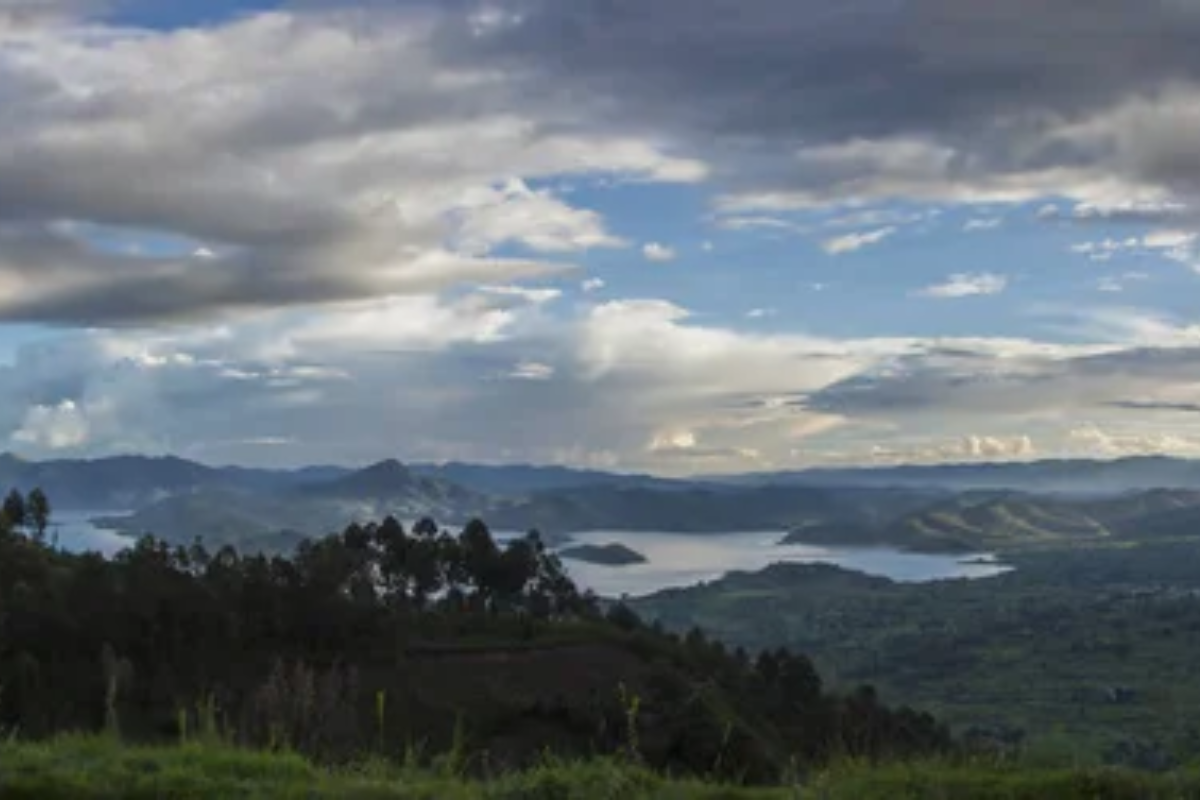
The misty forests of Virunga offer one of the most profound wildlife experiences: encountering mountain gorillas in their natural habitat. These gentle giants, just over 1,000 individuals worldwide, share 98% of their DNA with humans, making each interaction deeply moving.
Treks require moderate fitness, as guides lead small groups through dense vegetation for 30 minutes to several hours before reaching a gorilla family.
Bwindi Impenetrable Forest, Uganda
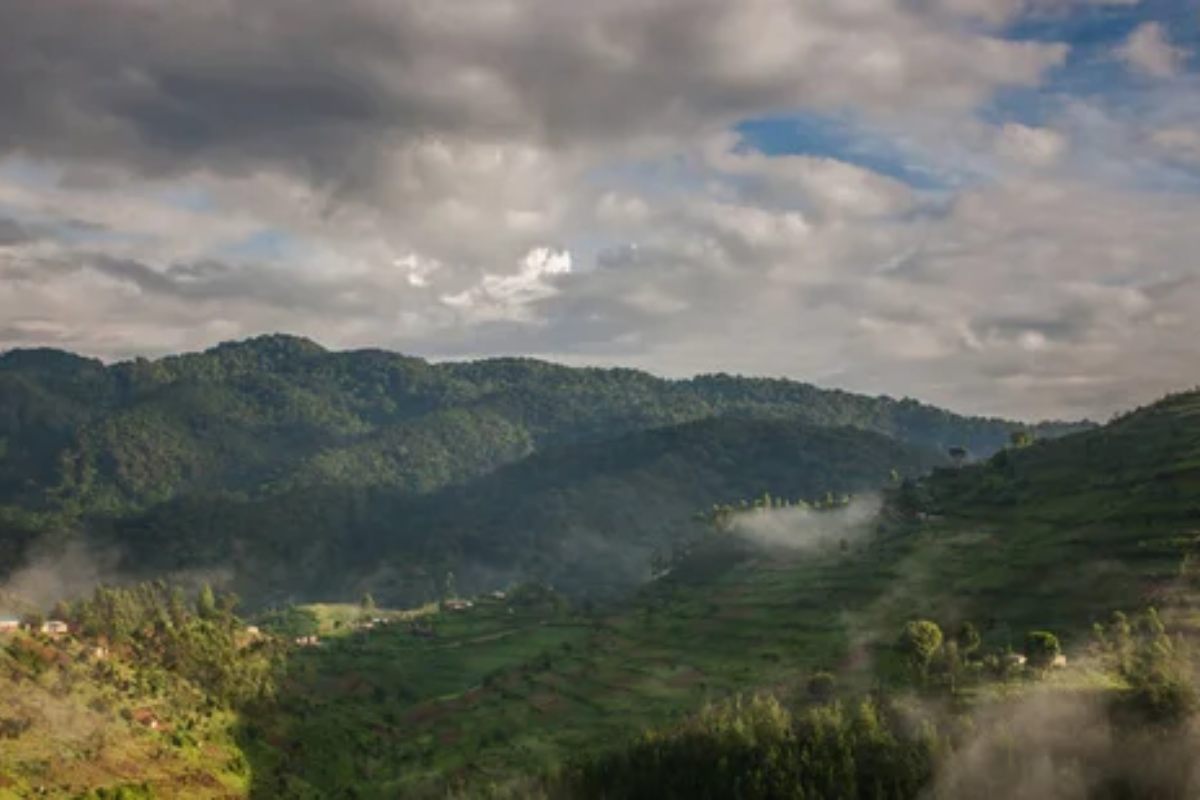
Another mountain gorilla sanctuary, Bwindi, protects nearly half of the remaining population of endangered primates. The forest feels ancient and mysterious, with tangled vines and towering trees creating a verdant cathedral.
Visitors often describe the moment of making eye contact with these intelligent creatures as transformative, a connection that stays with them long after they’ve returned home.
Like Travel Pug’s content? Follow us on MSN.
Ujung Kulon National Park, Indonesia

As the last stronghold of the critically endangered Javan rhinoceros, Ujung Kulon protects fewer than 75 of these prehistoric-looking mammals. Unlike African safaris, spotting these shy creatures requires patience and a bit of luck.
The park’s remote location offers pristine beaches alongside lush rainforests, creating a paradise beyond just the rare rhino sightings for nature enthusiasts.
Tortuguero National Park, Costa Rica

This watery wilderness on Costa Rica’s Caribbean coast transforms into a sea turtle nursery during nesting season. Four endangered species—leatherback, green, hawksbill, and loggerhead turtles—laboriously drag themselves ashore to lay eggs under the cover of darkness.
Guided night walks allow visitors to witness this ancient ritual while specially trained guides ensure the turtles remain undisturbed.
Sichuan Province, China
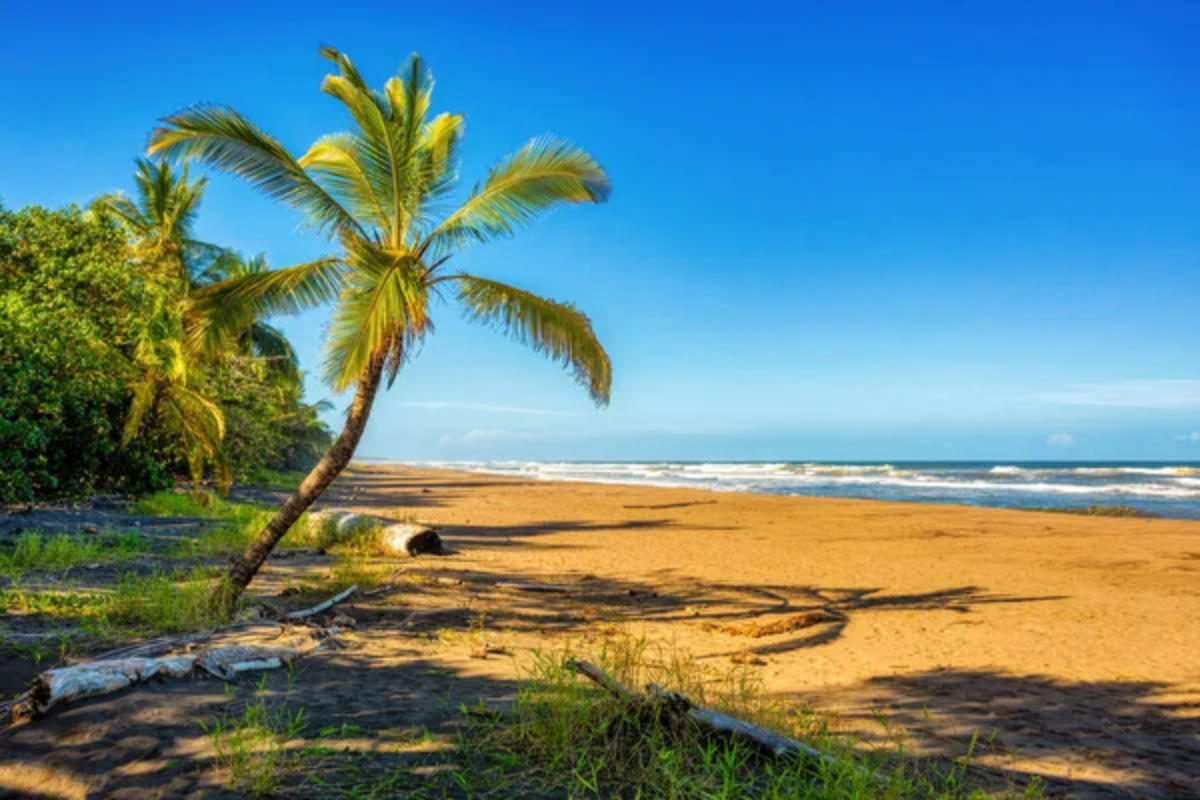
The bamboo forests of Sichuan provide sanctuary for the iconic giant panda, a conservation success story that has moved from endangered to vulnerable status. Visiting research centers like Chengdu allows close observation of these charismatic bears munching bamboo with remarkable dexterity.
The surrounding mountains offer hiking opportunities where lucky visitors might spot wild pandas among the misty slopes.
Like Travel Pug’s content? Follow us on MSN.
Daintree Rainforest, Australia
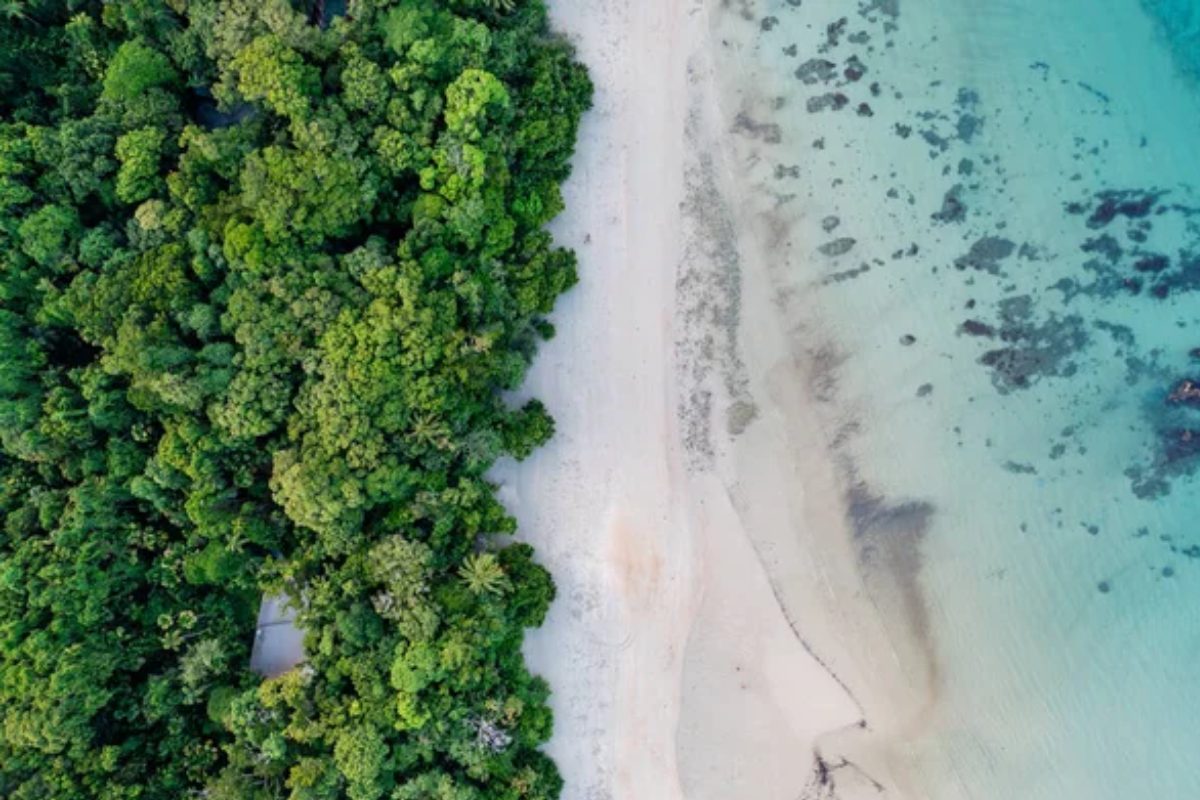
The ancient Daintree Rainforest harbors the endangered cassowary, a flightless bird that looks straight out of the dinosaur era with its vibrant blue neck and distinctive casque. These birds serve as crucial seed dispersers for rainforest plants, some with seeds too large for any other animal to consume.
Early morning walks provide the best chance of spotting these elusive creatures as they forage for fallen fruits.
Masoala National Park, Madagascar
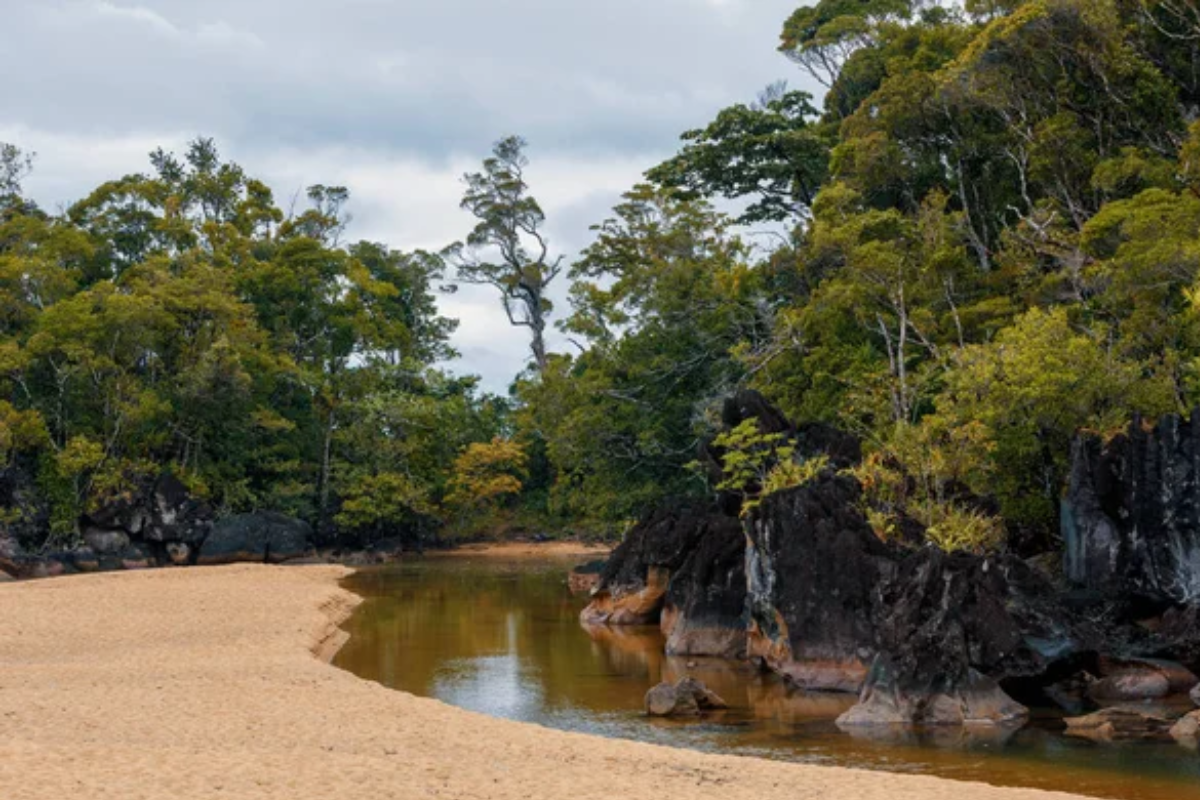
Madagascar’s largest protected area shelters the critically endangered aye-aye, perhaps the world’s most unusual primate with its combination of rodent-like teeth, bat-like ears, and an elongated middle finger. Nighttime walks reveal a wonderland of unique creatures found nowhere else on Earth.
The peninsula’s isolation has created an evolutionary playground where approximately 80–90% of plants and animals exist nowhere else.
Chitwan National Park, Nepal

The tall elephant grasses of Chitwan conceal one of conservation’s brightest success stories: the greater one-horned rhinoceros. Thanks to dedicated protection efforts, these armored giants have rebounded from fewer than 100 individuals to over 4,000 today.
Safari experiences here offer a different pace than those in Africa, with options to explore via jeep, traditional dugout canoe, or guided walks alongside experienced naturalists.
Like Travel Pug’s content? Follow us on MSN.
Channel Islands National Park, California
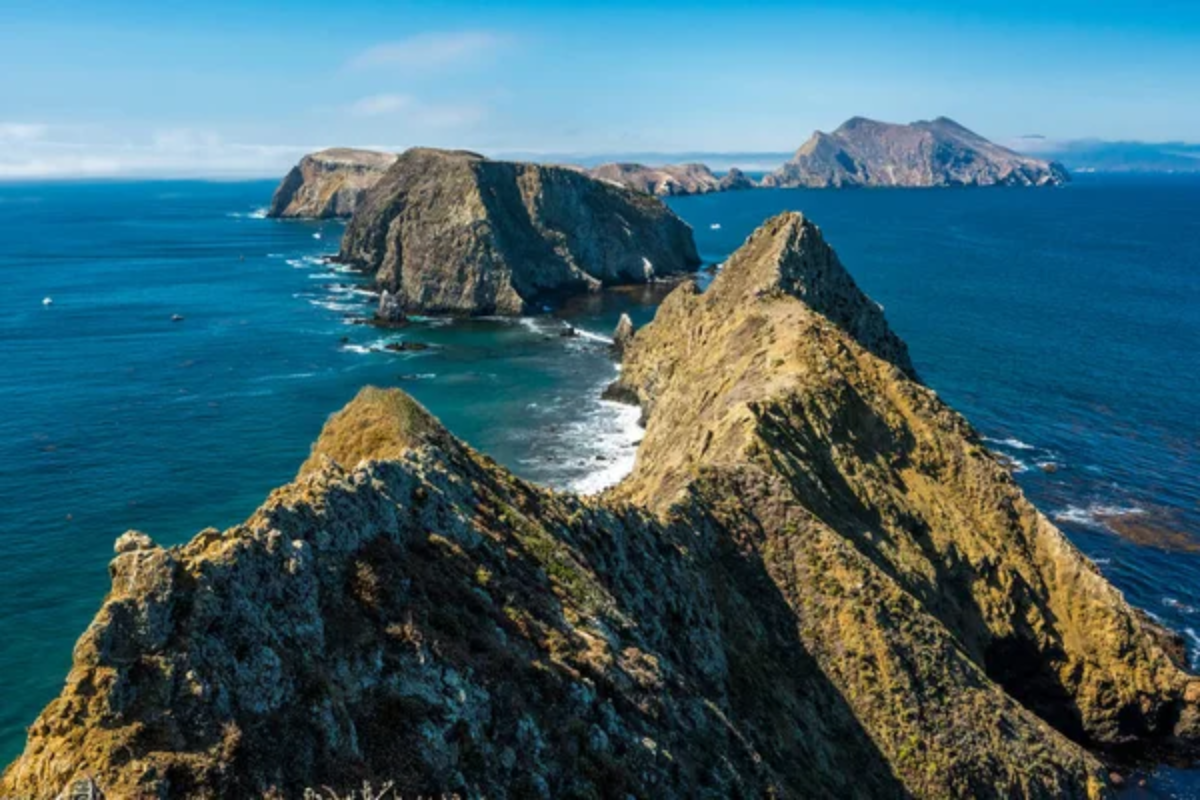
Just off the California coast lies an archipelago nicknamed ‘North America’s Galapagos’ for its unique adaptations and endemic species. Having faced near-extinction, the island fox now represents one of the fastest recoveries of an endangered species.
The five protected islands offer hiking trails through diverse landscapes ranging from windswept beaches to mountaintop pine forests teeming with wildlife.
Monarch Butterfly Biosphere Reserve, Mexico

Every winter, the fir forests of central Mexico transform into living tapestries as millions of monarch butterflies complete their 3,000-mile migration from Canada. The clustering butterflies coat entire trees in orange and black, occasionally taking flight in clouds that darken the sky.
This migration phenomenon faces multiple threats, making each visit a bittersweet privilege to witness such natural wonder while it still occurs.
Corcovado National Park, Costa Rica
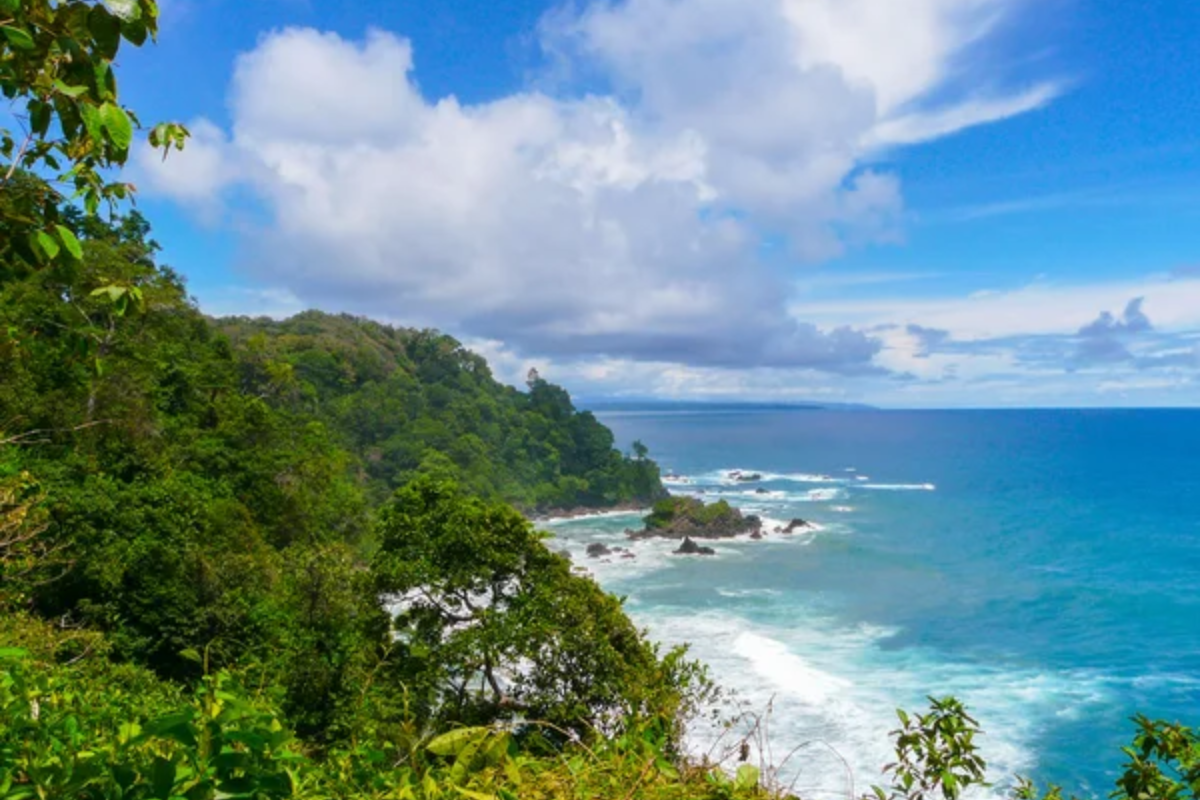
Often described as ‘the most biologically intense place on Earth,’ Corcovado protects endangered Baird’s tapirs, jaguars, and scarlet macaws in pristine rainforest. Dawn hikes along rugged trails reward visitors with sightings of magnificent and minute creatures.
The remote location requires extra effort to reach, but pays off in wildlife encounters rarely possible in more accessible destinations.
Like Travel Pug’s content? Follow us on MSN.
Kaziranga National Park, India
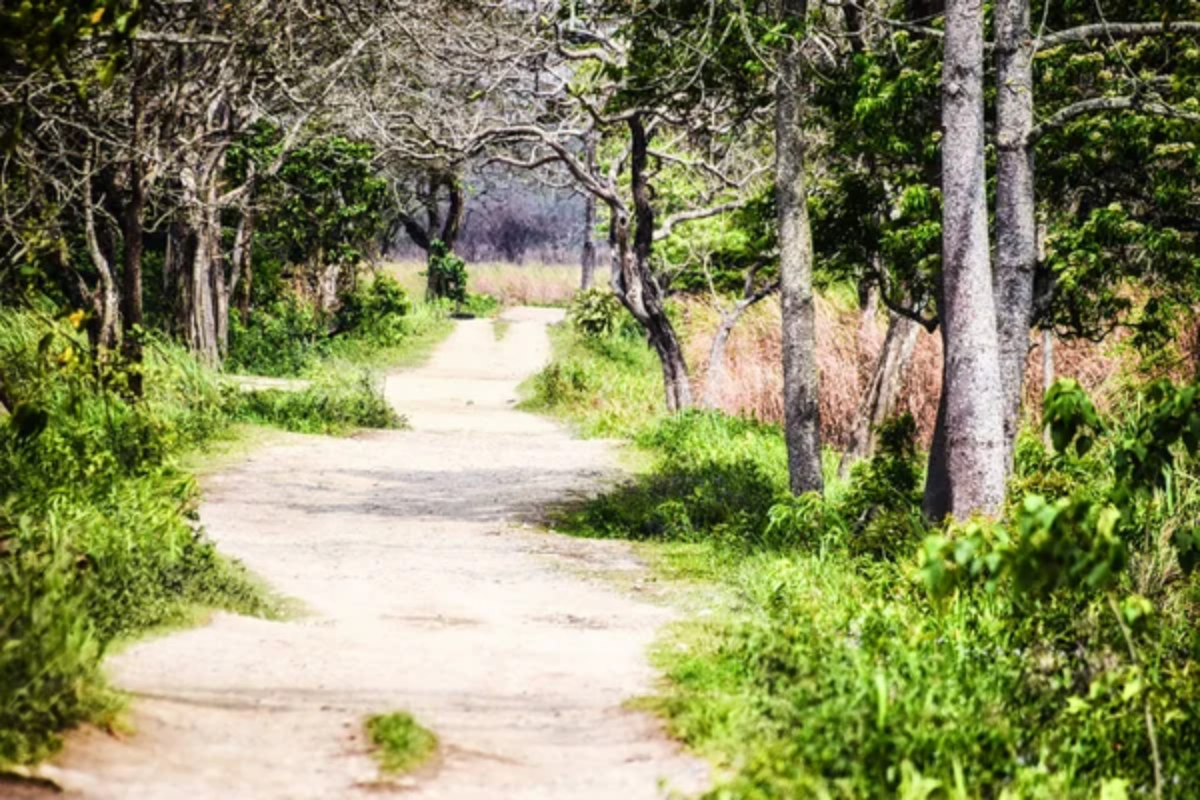
The flood plains of Kaziranga support the largest population of greater one-horned rhinoceros alongside endangered wild water buffalo and swamp deer. Morning elephant-back safaris provide elevated viewing perspectives across vast grasslands punctuated by water pools.
The annual monsoon floods create a natural rhythm to wildlife viewing seasons, with animals concentrating on elevated areas during high waters.
Galapagos Islands, Ecuador
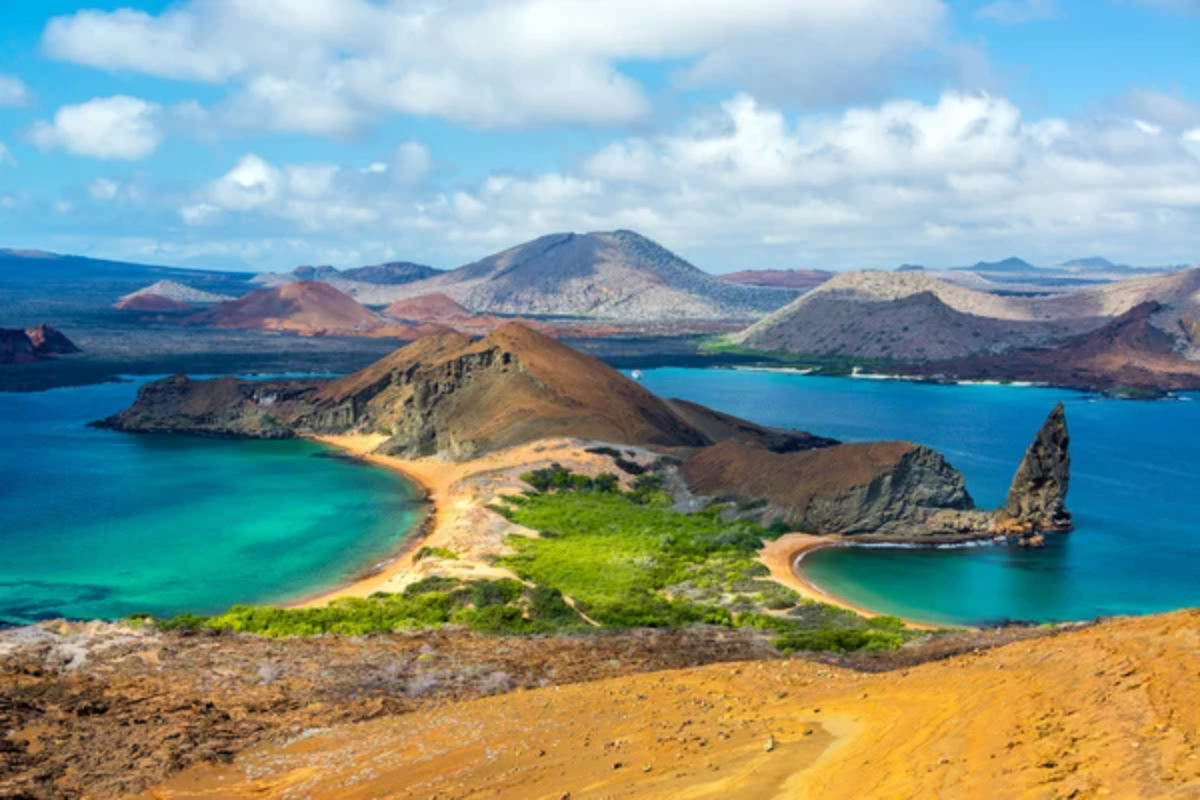
These isolated islands inspired Darwin’s theory and today protect endangered species, including giant tortoises and marine iguanas. Each island offers a subtly different ecosystem with unique adaptations found nowhere else.
The animals’ famous fearlessness around humans creates unparalleled photography opportunities and close observations of behaviors rarely witnessed elsewhere.
Baja California, Mexico
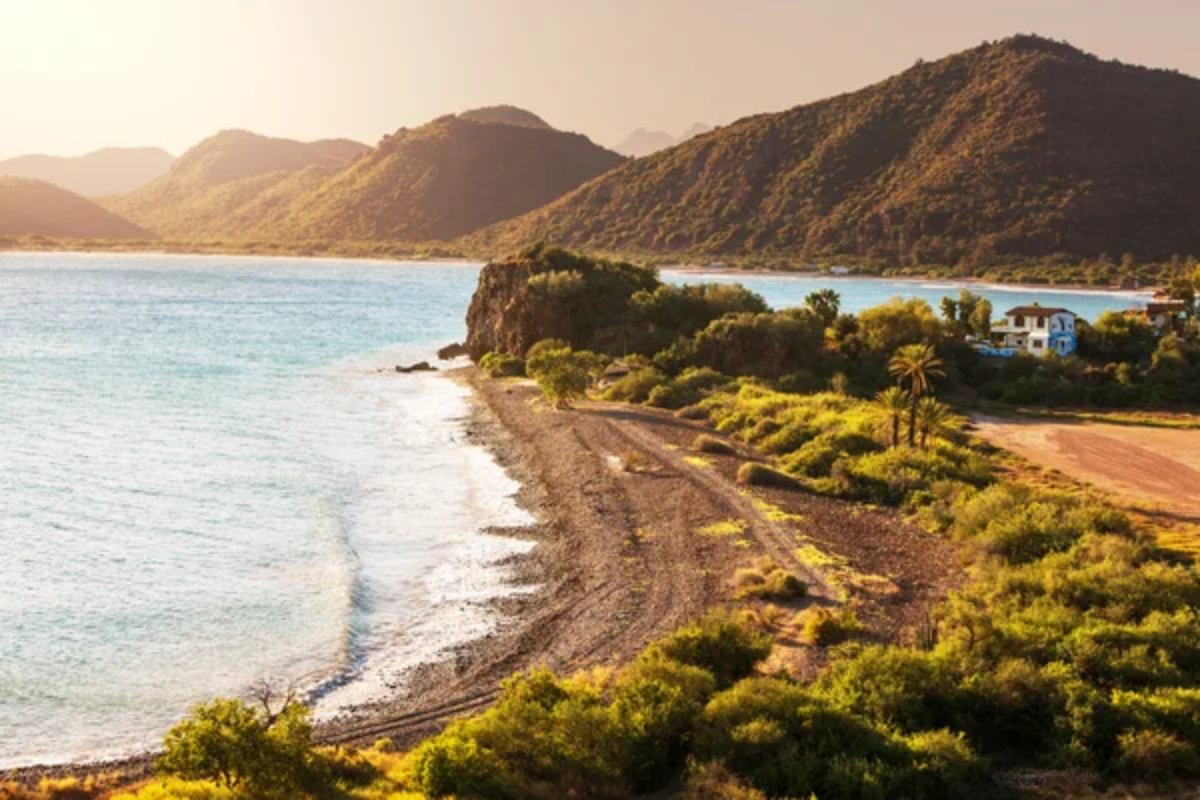
The coastal waters off Baja serve as critical habitat for the most endangered marine mammal on Earth: the vaquita porpoise, with fewer than 10 individuals remaining. While spotting this elusive porpoise proves nearly impossible, the region offers encounters with recovering gray whale populations that migrate annually to these protected lagoons.
Boat trips allow for close approaches as the curious whales often investigate vessels, sometimes close enough for gentle touches.
Like Travel Pug’s content? Follow us on MSN.
Komodo National Park, Indonesia
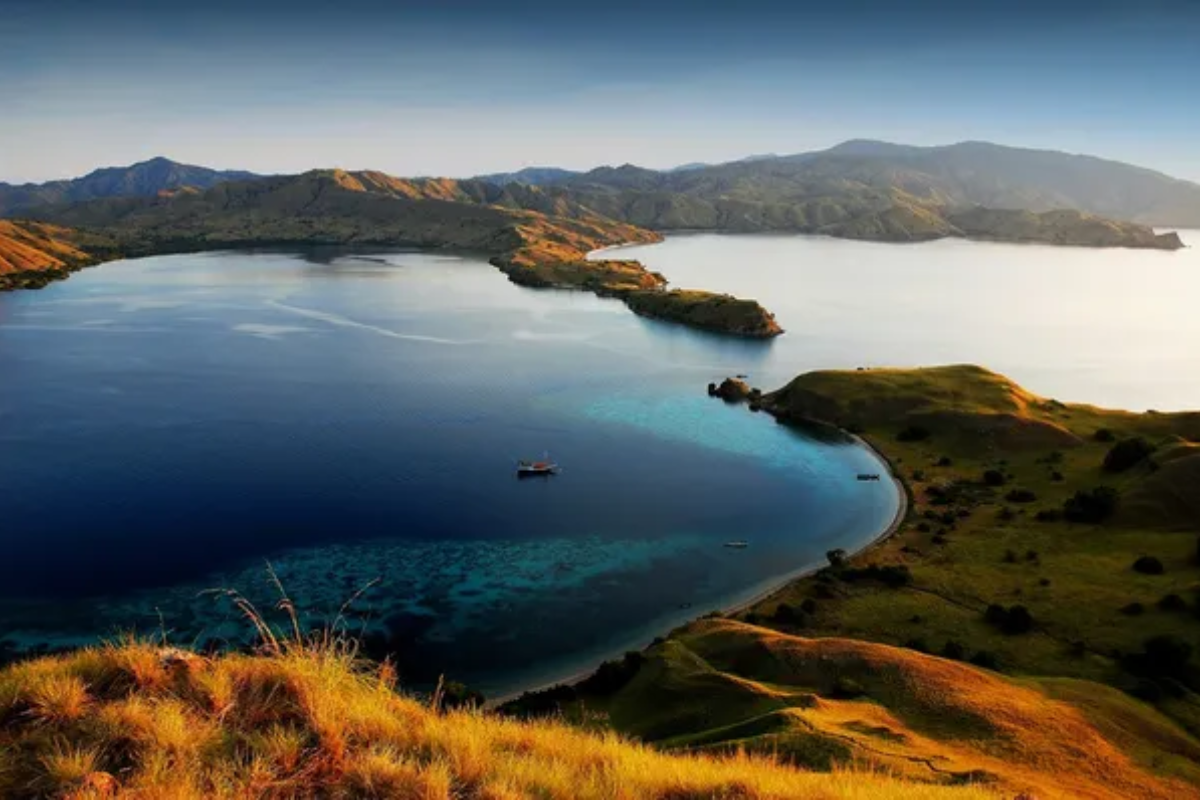
The rugged islands of Komodo harbor the world’s largest lizard, the endangered Komodo dragon, which can reach lengths of 10 feet. These ancient reptiles command respect with their powerful build and bacteria-laden bite, which can bring down prey much larger than themselves.
Guided walks with rangers provide safe viewing opportunities of these prehistoric-looking creatures as they bask in the morning sun or lumber through savanna landscapes.
Khao Sok National Park, Thailand
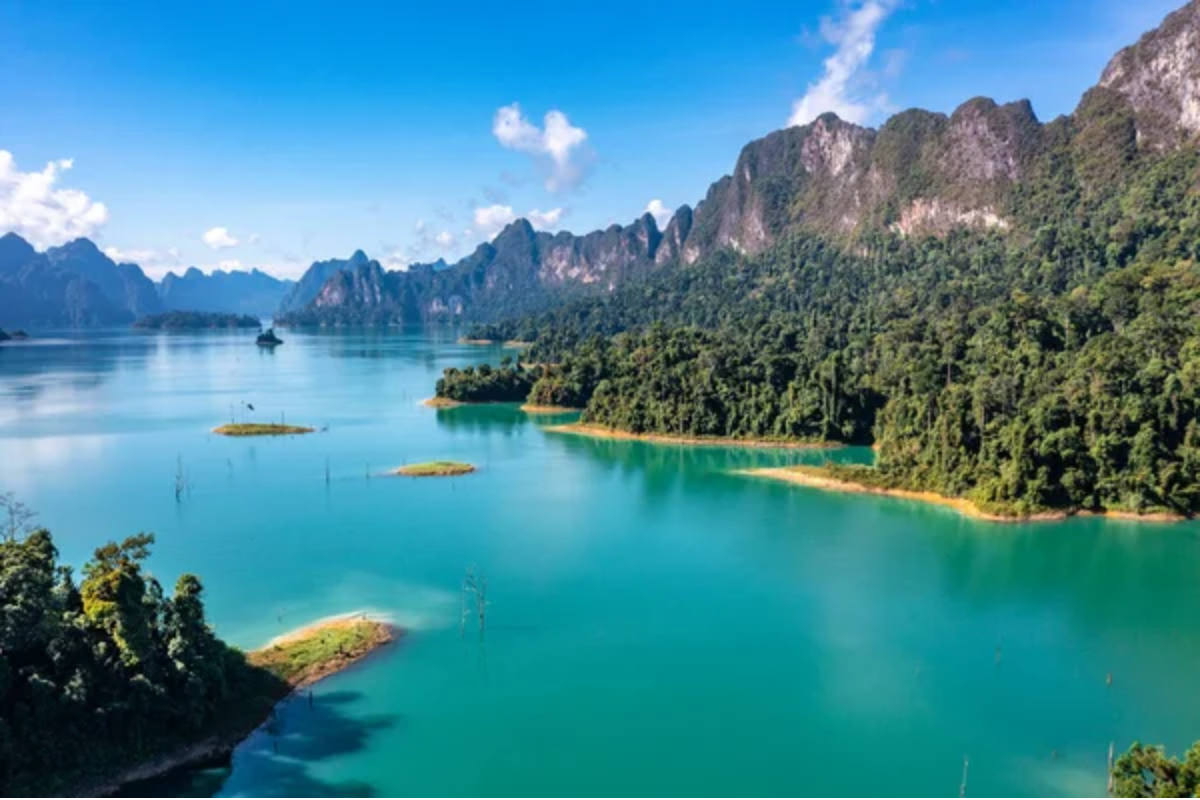
This ancient rainforest shelters endangered Asian elephants, clouded leopards, and Malayan sun bears among limestone karst formations. Floating bungalows on Cheow Lan Lake allow immersion in jungle sounds day and night as gibbons call across valleys.
The park’s biodiversity rivals that of the Amazon despite its varying, much smaller area, thanks to its history as a refuge during the ice ages
Okavango Delta, Botswana
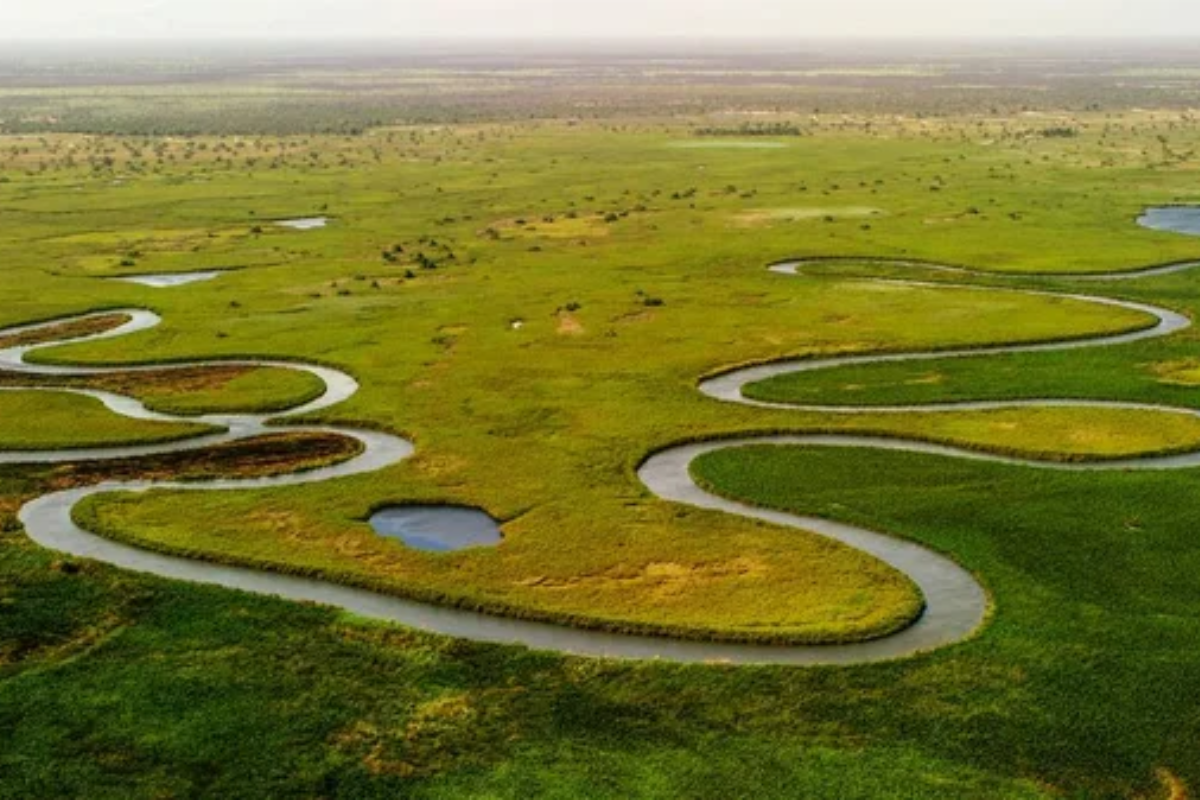
This inland delta creates a wildlife paradise in the heart of the Kalahari Desert, supporting endangered African wild dogs and black rhinos. Traditional mokoro canoe trips provide silent approaches to wildlife gathering along waterways fringed with papyrus.
The seasonal flooding transforms the landscape annually, creating a dynamic ecosystem that wildlife and humans have adapted to for thousands of years.
Like Travel Pug’s content? Follow us on MSN.
Great Bear Rainforest, Canada
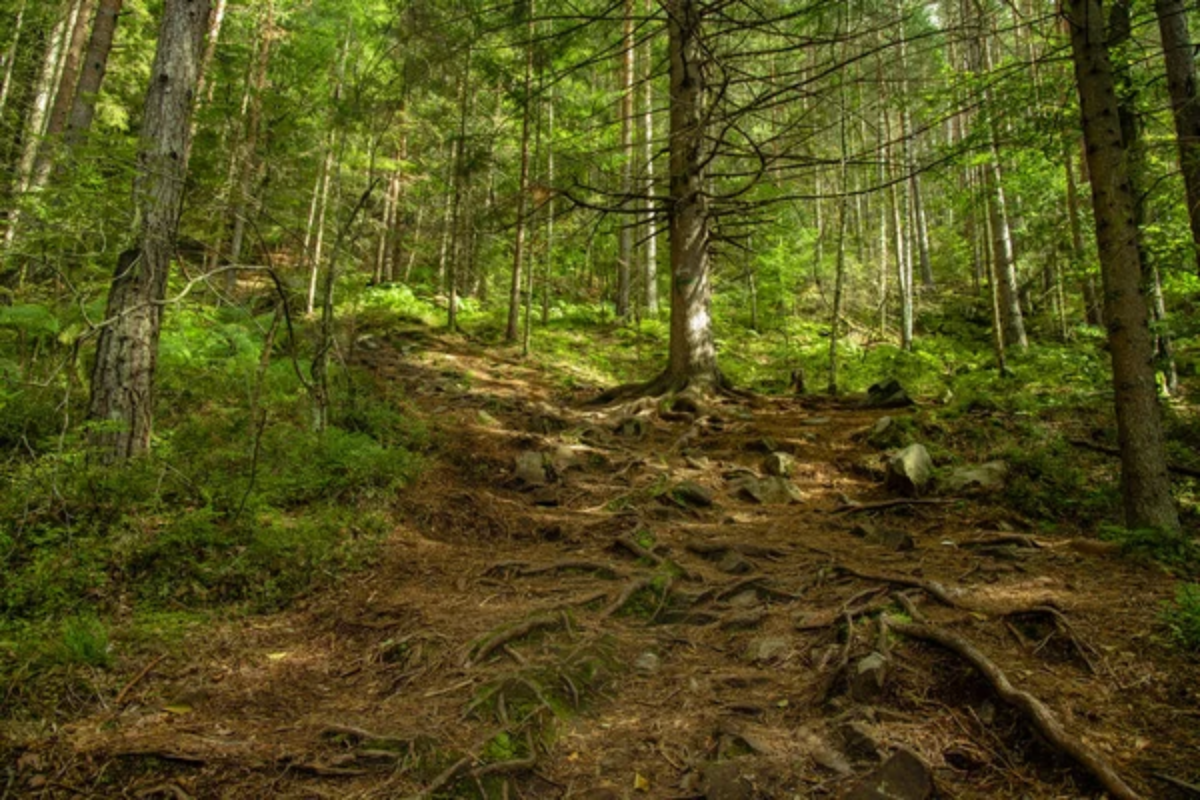
This immense temperate rainforest shelters the elusive spirit bear, a white variant of the black bear that occurs nearly exclusively in this isolated area. Guided tours with local operators provide cultural context and wildlife watching in landscapes where salmon continue to run in ancient profusion.
Autumn visits coincide with salmon spawning time, during which bears congregate along streams in notable densities.
Sierra Nevada de Santa Marta, Colombia

This remote mountain range emerges from Caribbean shores to snow-covered summits, sheltering endemic fauna such as the critically threatened Santa Marta parakeet. Local Indigenous people provide guided experiences combining wildlife viewing with cultural learning.
The mountain’s remoteness has formed a biological island in which scientists are still discovering new species.
Great Barrier Reef, Australia
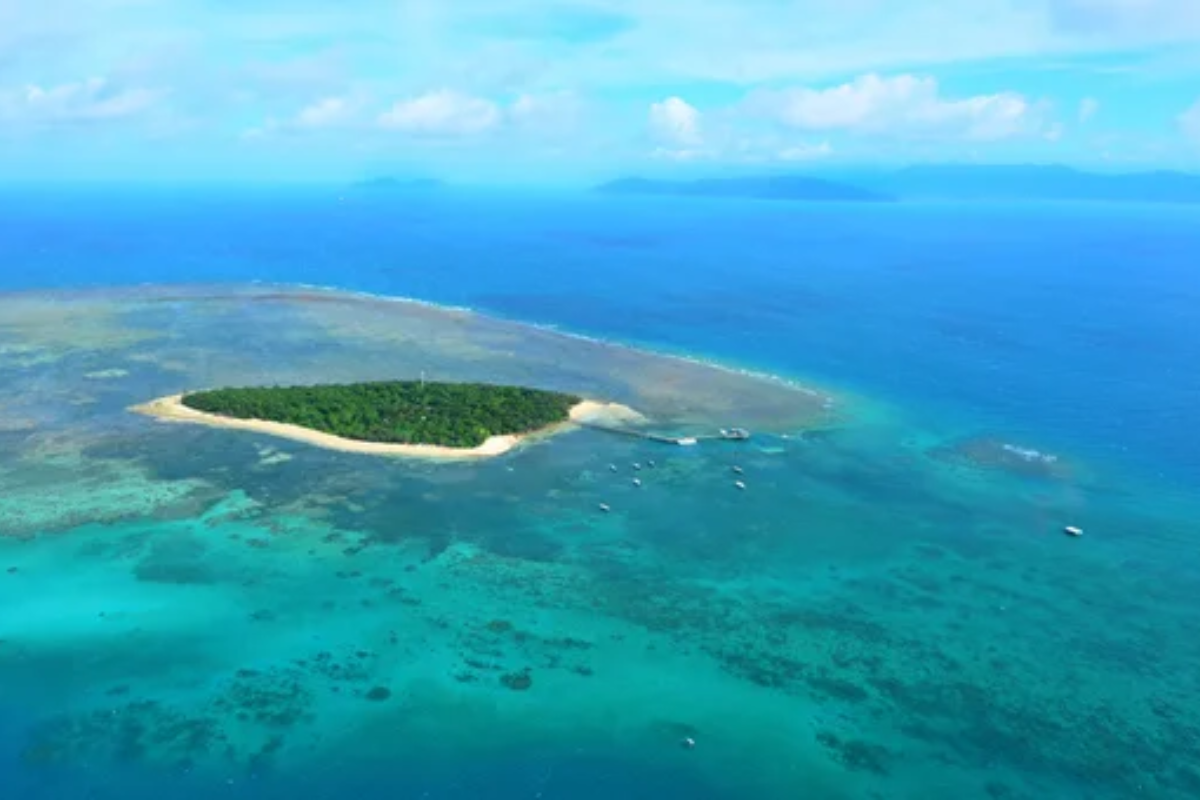
The world’s largest coral reef system supports endangered sea turtles, dugongs, and coral species increasingly threatened by warming seas. Snorkeling and diving trips reveal a kaleidoscope of marine life, from tiny nudibranchs to massive potato cod in protected zones.
Citizen science opportunities allow visitors to contribute to conservation through reef monitoring programs during their vacation.
Like Travel Pug’s content? Follow us on MSN.
Preserving Natural Wonders for Future Generations
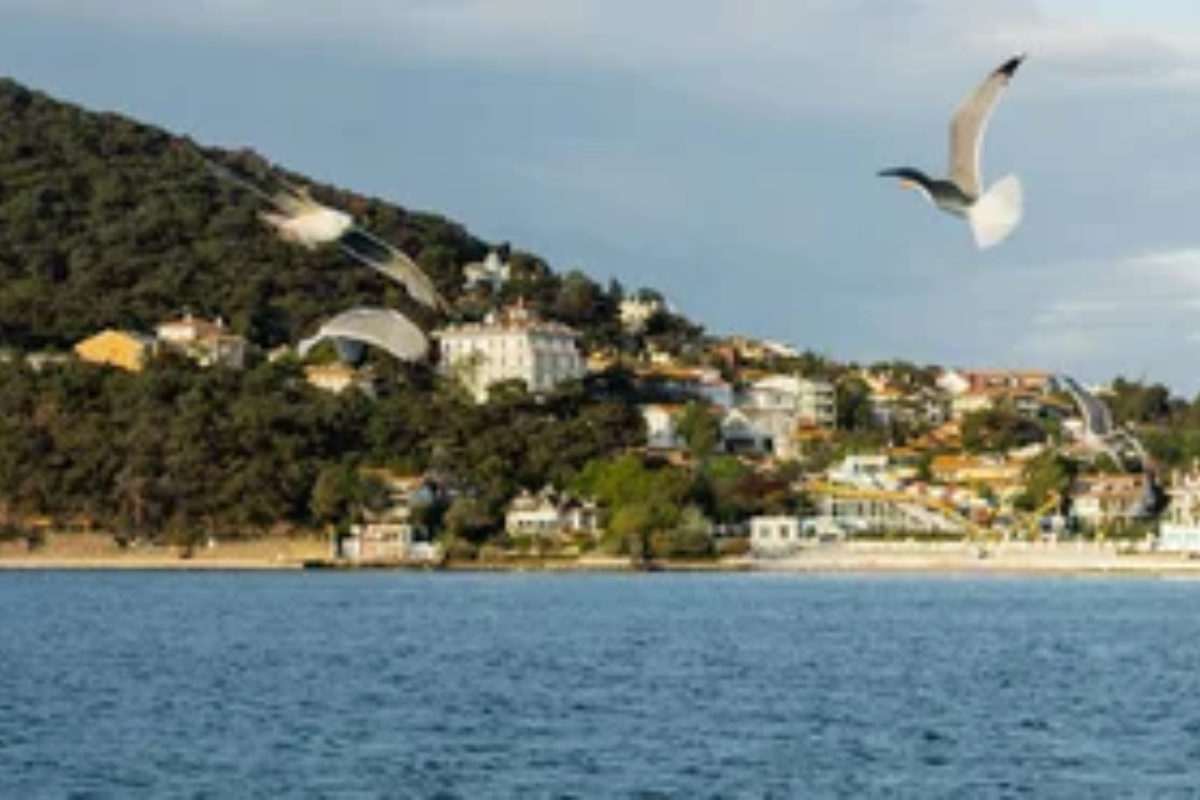
What had once been discreet conservation initiatives in earlier decades has become an international movement, acknowledging that the protection of threatened species needs action both locally and globally. These wildlife attractions are not merely tourist opportunities but a living gallery of evolution and adaptation.
Each visitor who experiences these creatures firsthand becomes an ambassador for their protection, carrying stories back home that inspire others. The wonder we preserve today becomes the inheritance we leave for children who deserve to live in a world still wild and full of diversity.
More from Travel Pug

- Cities Growing so Fast You Won’t Recognize Them in 10 Years
- 13 Destinations Where Tourists Regularly Regret Their Trip
- 16 U.S. Cities That Are Quietly Becoming Travel Hotspots
- Where to Travel If You Love Long Bus Rides and Daydreams
- 20 Cities Perfect for Solo Travelers Who Crave Adventure & Culture
Like Travel Pug’s content? Follow us on MSN.
